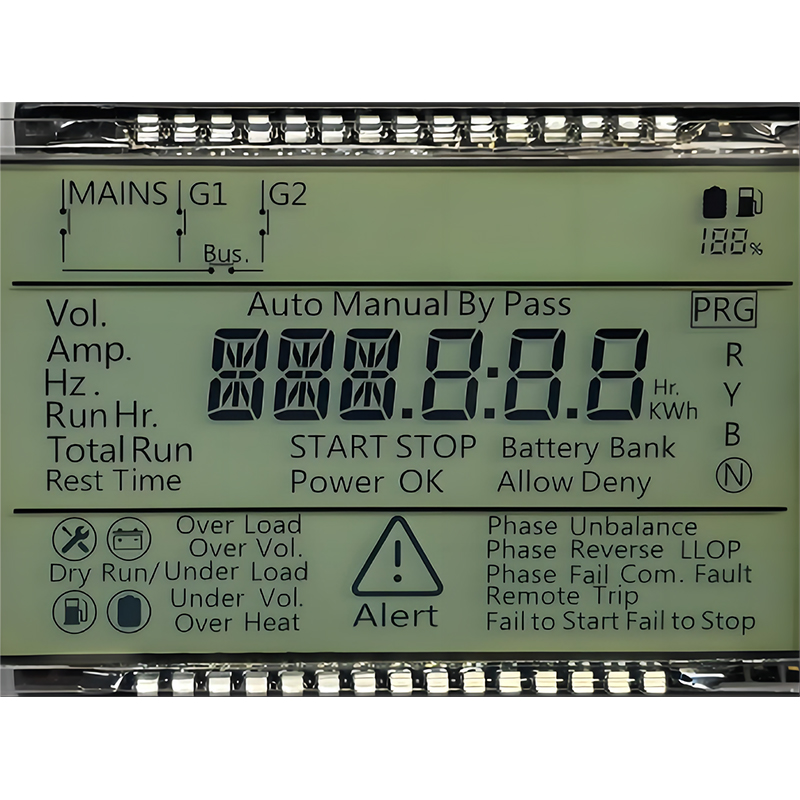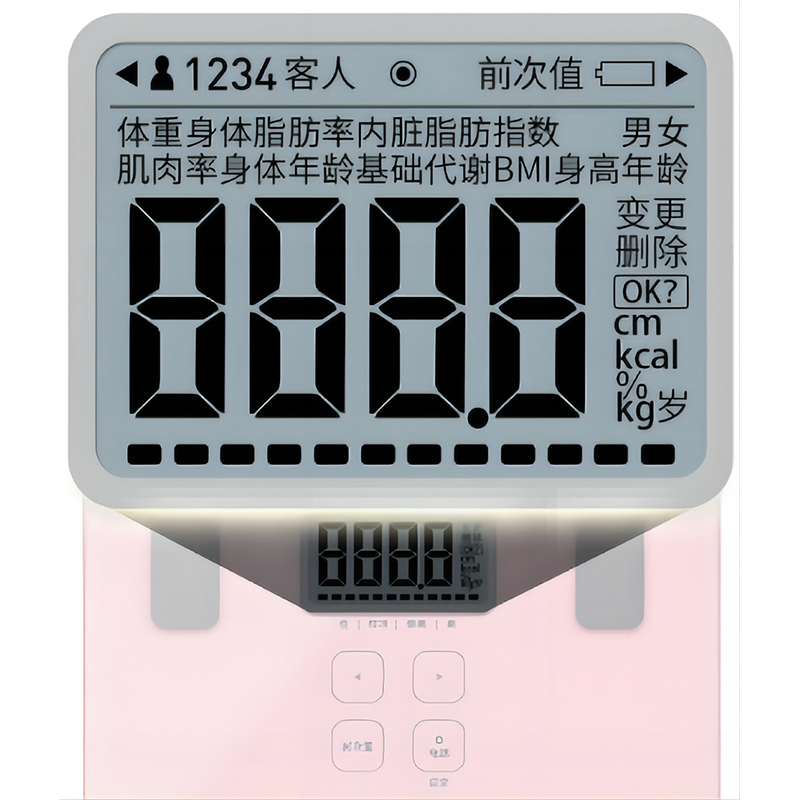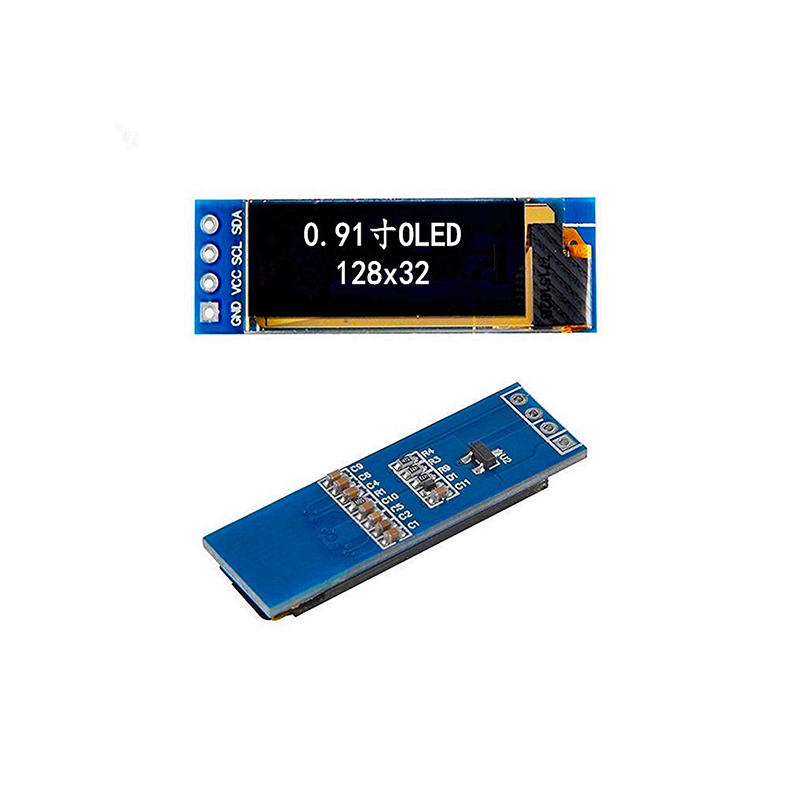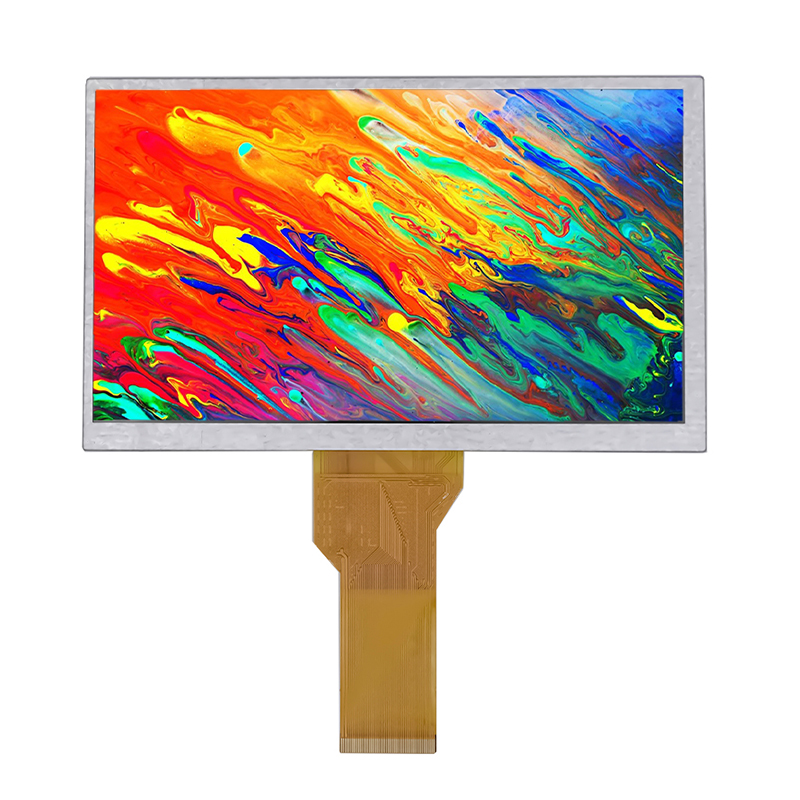
Integrating a 2.4 inch LCD TFT display into your Arduino projects opens up a world of possibilities for creating interactive and visually appealing applications. From simple data displays to complex graphical user interfaces (GUIs), the right display can significantly enhance your projects. This guide will help you navigate the process, providing you with the knowledge and resources to successfully incorporate this technology.
The market offers a wide variety of 2.4 inch LCD TFT displays. Selecting the appropriate one depends on factors such as resolution, color depth, interface type (e.g., SPI, I2C), backlight type, and power consumption. Consider your project's specific requirements to make an informed choice. Higher resolutions offer sharper images but typically consume more power and require more processing from your Arduino.
Once you have your 2.4 inch LCD TFT display, connecting it to your Arduino involves understanding its wiring diagram. This usually includes connecting the display's VCC, GND, data lines (MOSI, MISO, SCK for SPI), chip select (CS), reset (RST), and potentially other control signals. Always consult the specific datasheet for your chosen display.
This is a general example and may vary depending on your specific display module. Always refer to the manufacturer's documentation.
| Arduino Pin | Display Pin | Signal |
|---|---|---|
| 5V | VCC | Power |
| GND | GND | Ground |
| 13 | CS | Chip Select |
| 11 | DC | Data/Command |
| 10 | RST | Reset |
| 12 | MOSI | Data Out |
| 13 | SCK | Clock |
Several libraries simplify interacting with 2.4 inch LCD TFT displays. The Adafruit_ILI9341 library, for example, is widely used for many displays based on the ILI9341 controller. You'll need to install this library through the Arduino IDE library manager. The library provides functions for drawing shapes, text, and images on the screen.
This is a basic example, showing how to initialize the display and write text. Remember to adapt this to your specific wiring and display model. For more advanced functionalities, refer to the library's documentation.
#include#include // For example, if your display uses these pins:Adafruit_ILI9341 tft = Adafruit_ILI9341(13, 10, 11); //CS, RST, DCvoid setup() { tft.begin(); tft.fillScreen(ILI9341_BLACK); tft.setCursor(0, 0); tft.setTextColor(ILI9341_WHITE); tft.setTextSize(2); tft.println(Hello, world!);}void loop() {}
If your 2.4 inch LCD TFT display isn't working correctly, check these common issues:
For a wider selection of high-quality 2.4 inch LCD TFT displays and other display solutions, visit Dalian Eastern Display Co., Ltd. They offer a range of products suitable for various applications.
Remember to always consult the datasheets for both your chosen 2.4 inch LCD TFT display and Arduino board for specific details and instructions.












